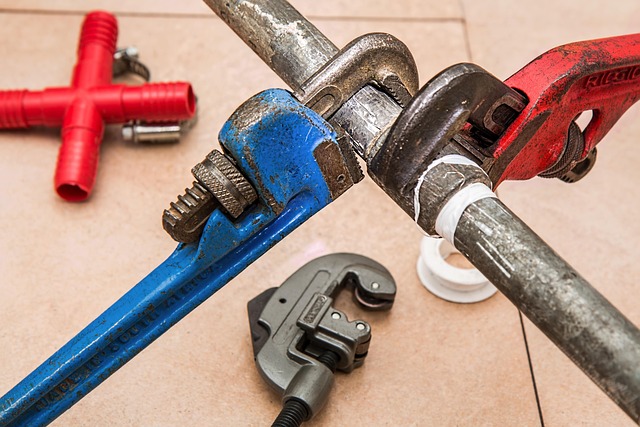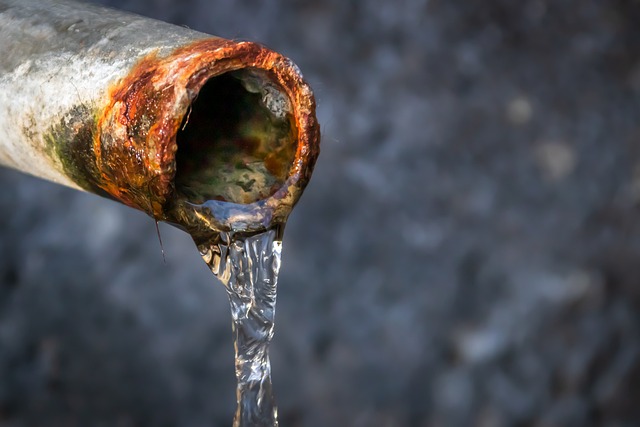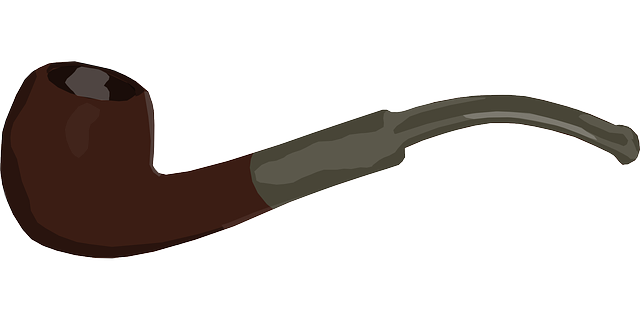Pipe leaks often go unnoticed but can cause significant damage. Look for signs like hissing sounds, water stains, or a musty odor. Differentiate between leaks and condensation by checking for fogged-up windows, damp spots, and insulation with condensation. Analyze water usage patterns, use advanced tools (acoustic sensors, thermal imaging cameras), and consider dehumidifiers for condensation control. Implement Pipe Leak Detection Tips for early identification and prevention of plumbing issues.
Is it a pipe leak or condensation building up in your home? Distinguishing between these two can be tricky, but understanding their distinct signs and causes is key to effective maintenance. This article guides you through the process of identifying both issues. We’ll explore common indicators of pipe leaks, such as persistent drips and water damage, and unravel the normal yet often misunderstood presence of condensation. Learn practical pipe leak detection tips to ensure accurate diagnosis and swift resolution.
- Understanding Pipe Leaks: Common Signs and Sources
- Recognizing Condensation: When Moisture is Normal
- Effective Detection Methods for Accurate Diagnosis
Understanding Pipe Leaks: Common Signs and Sources

Pipe leaks can often go unnoticed, but there are several common signs that indicate a potential problem. Understanding these indicators is crucial for prompt pipe leak detection tips. One of the most evident signs is a continuous hissing or dripping sound coming from pipes, especially in areas like basements or crawl spaces. Water stains on walls, ceilings, or floors are another clear sign, often appearing as discolored patches or water pools. You might also notice a persistent musty odor, which can be an early indicator of moisture intrusion.
Common sources of pipe leaks include aging pipes made from materials like lead or copper, which may develop cracks or corrosion over time. Joint connections and fittings are particularly vulnerable to leaks due to the constant expansion and contraction of water within the pipes. Additionally, extreme temperature changes can cause pipes to burst, leading to leaks. Recognizing these signs early on is key to minimizing damage and preventing more serious plumbing issues.
Recognizing Condensation: When Moisture is Normal

Recognizing condensation is an important step in differentiating between a pipe leak and natural moisture build-up. It’s normal for humidity to collect on pipes, especially in areas with high moisture levels or during colder months when water lines expand and contract. Look for signs like fogged-up windows, damp spots on the ceiling or walls near pipes, or condensation forming on pipe insulation. These are all indicators of typical condensation, not necessarily a leak.
Pay attention to where the moisture is located and how it’s spreading. Condensation typically forms in areas with little air circulation and can be localized to specific pipes or sections of your home. A steady, persistent presence of moisture suggests condensation, while intermittent leaks or wet spots may point to an actual pipe leak that requires Pipe Leak Detection Tips.
Effective Detection Methods for Accurate Diagnosis

Identifying the source of a plumbing issue can be challenging, especially when symptoms overlap. Effective pipe leak detection tips start with closely examining your home’s water usage patterns and potential condensation points. Look for signs like persistent moisture on floors or walls, musty odours, or elevated humidity levels in specific areas.
Beyond visual inspection, invest in reliable tools designed for pipe leak detection. Acoustic sensors can pick up the unique sound of running water within pipes, while thermal imaging cameras visualize temperature variations indicative of leaks. For condensation-related issues, consider dehumidifiers to mitigate excess moisture and provide clearer insights into the problem’s origin.
Identifying whether a problem is a pipe leak or condensation is key to efficient troubleshooting. By understanding the common signs and sources of pipe leaks, recognizing normal condensation levels, and employing effective detection methods, you can accurately diagnose and address the issue. Armed with these Pipe Leak Detection Tips, you’re better equipped to maintain your space, ensuring comfort and avoiding potential water damage.
